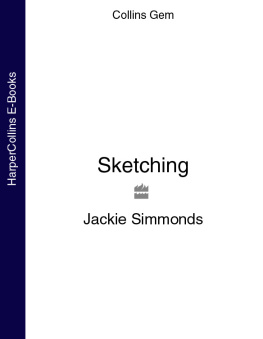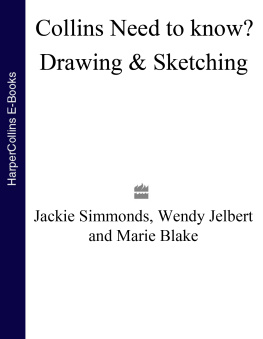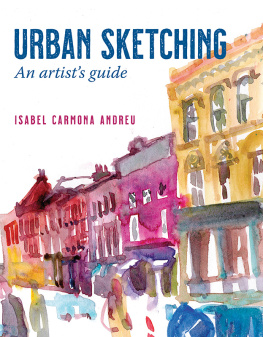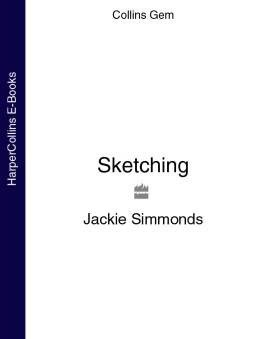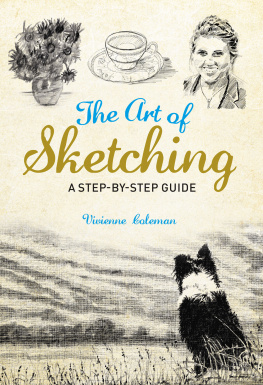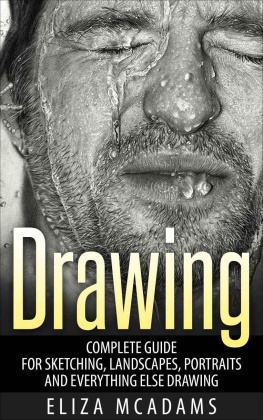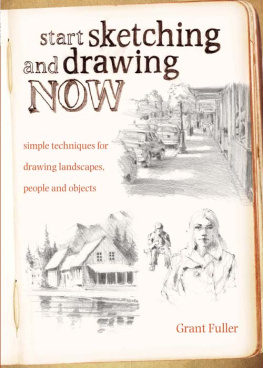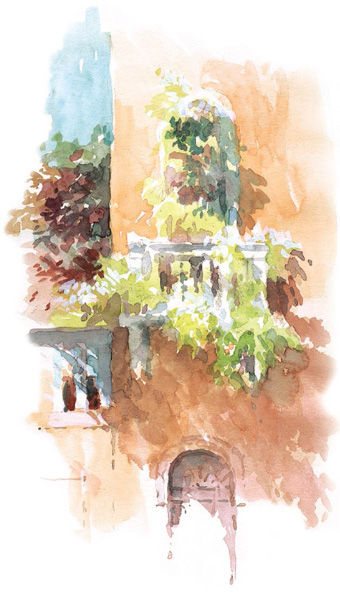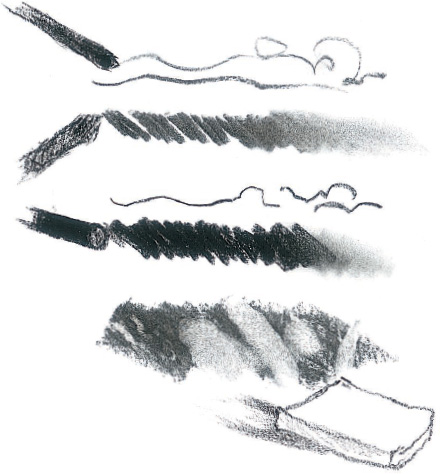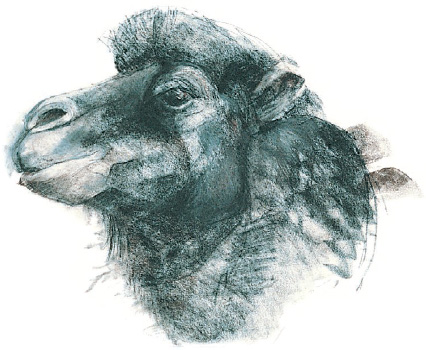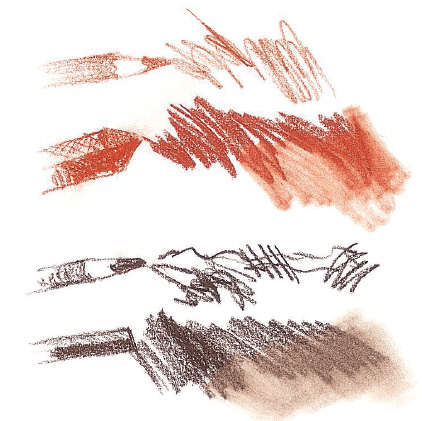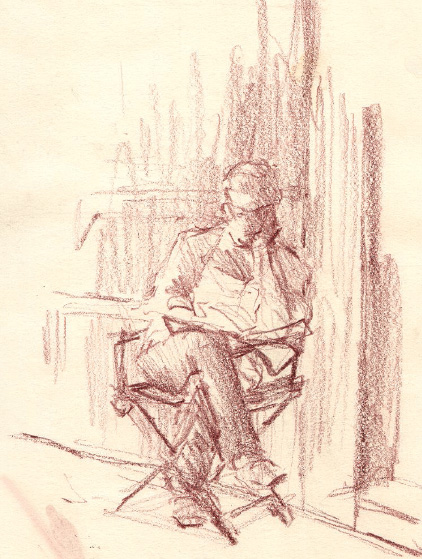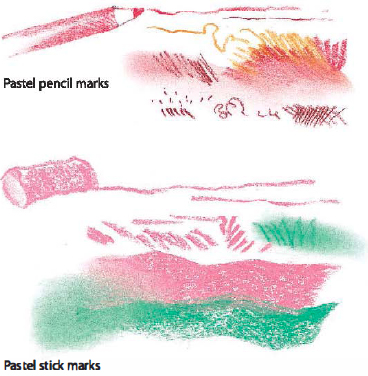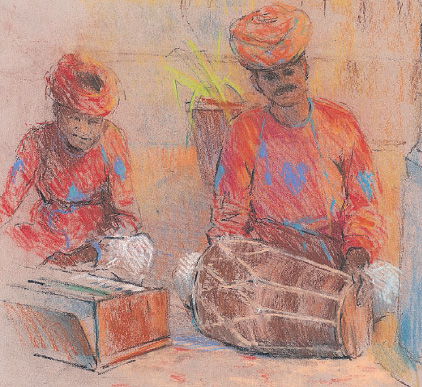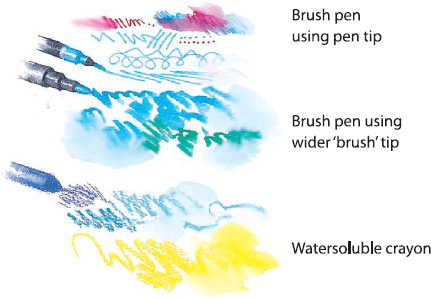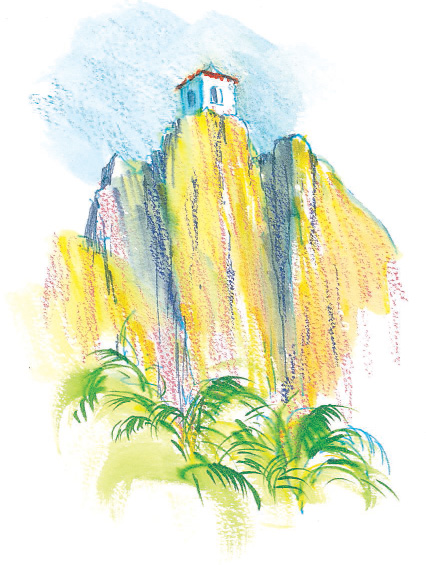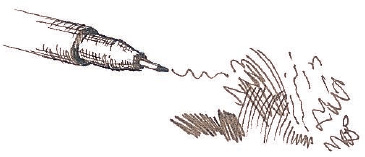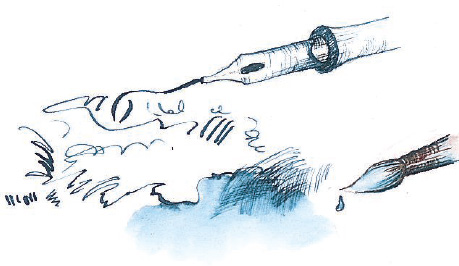Jackie Simmonds - Sketching: Techniques & Tips for Successful Sketching
Here you can read online Jackie Simmonds - Sketching: Techniques & Tips for Successful Sketching full text of the book (entire story) in english for free. Download pdf and epub, get meaning, cover and reviews about this ebook. year: 2013, publisher: Collins, genre: Art. Description of the work, (preface) as well as reviews are available. Best literature library LitArk.com created for fans of good reading and offers a wide selection of genres:
Romance novel
Science fiction
Adventure
Detective
Science
History
Home and family
Prose
Art
Politics
Computer
Non-fiction
Religion
Business
Children
Humor
Choose a favorite category and find really read worthwhile books. Enjoy immersion in the world of imagination, feel the emotions of the characters or learn something new for yourself, make an fascinating discovery.
- Book:Sketching: Techniques & Tips for Successful Sketching
- Author:
- Publisher:Collins
- Genre:
- Year:2013
- Rating:5 / 5
- Favourites:Add to favourites
- Your mark:
Sketching: Techniques & Tips for Successful Sketching: summary, description and annotation
We offer to read an annotation, description, summary or preface (depends on what the author of the book "Sketching: Techniques & Tips for Successful Sketching" wrote himself). If you haven't found the necessary information about the book — write in the comments, we will try to find it.
An essential little ebook perfect for the pocket or art bag covering all practical aspects of sketching and drawing. Sketching is a skill that every artist needs to master and this handy book shows you how in a very clear and simple way.
Jackie starts by describing all the different media used for sketching, including pencils, charcoal, coloured pencils, pens, pastels, watercolours and gouache, as well as the different types of sketchbooks. She then looks at the basic techniques of sketching, emphasizing the importance of observation and showing how to make marks, use tone, create 3-D form and portray pattern.
She then covers a wide range of subjects, such as plants and flowers, skies, animals, the urban landscape, and figures and portraits, explaining how to compose your sketches and giving useful tips about sketching on the move. Theres also a fascinating section on sketching from the Masters, to provide additional inspiration.
The instruction is clear and concise throughout, providing an ideal resource for artists of all levels to dip into when sketching out on location.
Jackie Simmonds: author's other books
Who wrote Sketching: Techniques & Tips for Successful Sketching? Find out the surname, the name of the author of the book and a list of all author's works by series.

